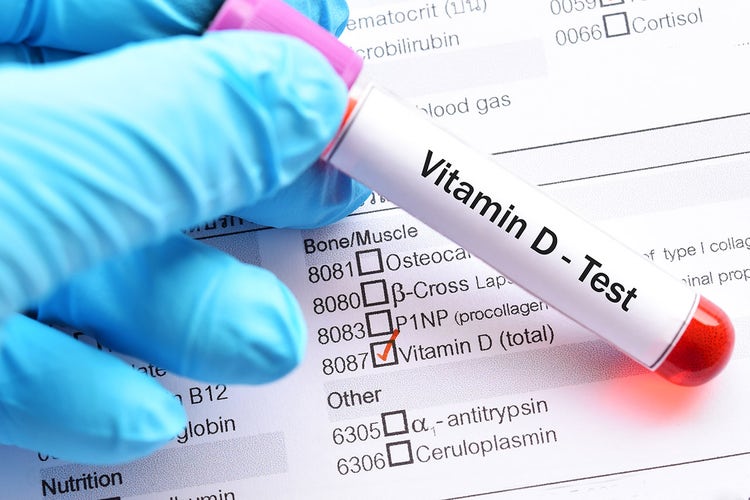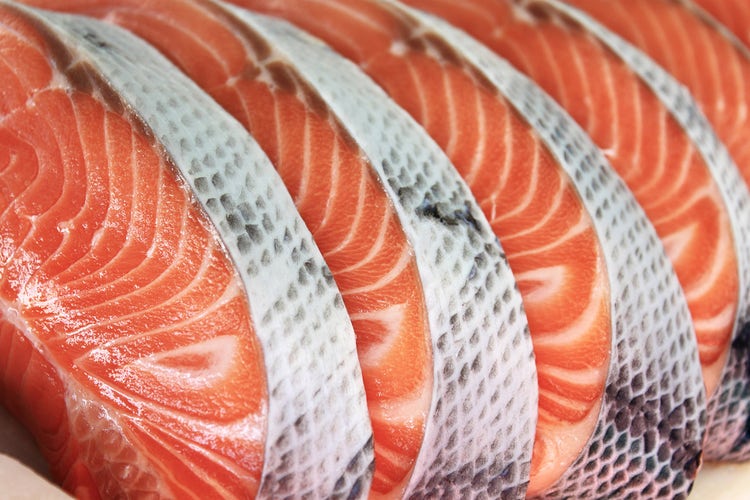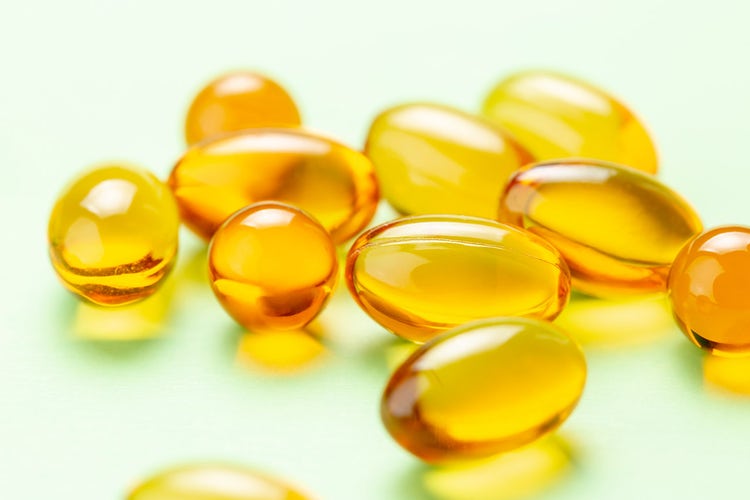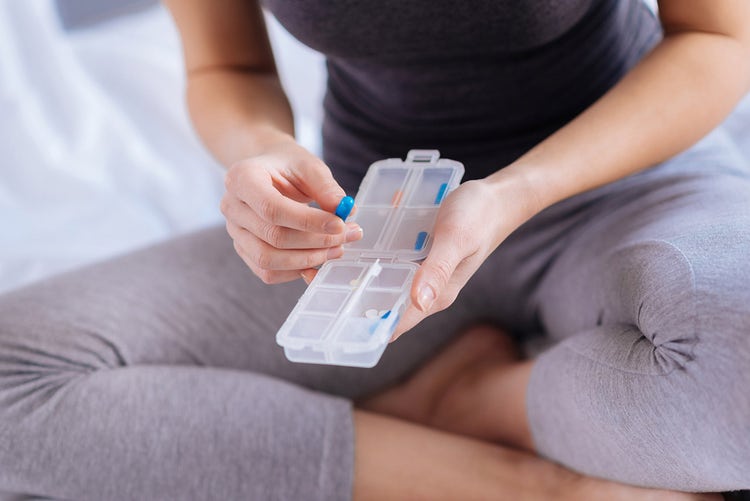Do You Need Vitamin D?

Odds are, during your last physical, your internist suggested you supplement with vitamin D. A fat-soluble micronutrient, this health MVP is generated by our bodies when our skin is directly exposed to the sun’s UV rays. To learn why D is so key and how we can best glean it, read on.
Why is vitamin D so important?

Like a Swiss army knife, vitamin D plays many essential roles in our bodies. Basically, it reduces mortality risk, asserts Michael F. Holick, M.D., Ph.D., professor at Boston University School of Medicine. Among other responsibilities, it’s critical for the gut’s absorption of calcium and phosphorus, which are necessary for bone growth and maintenance and muscle function, explains James E. Dowd, M.D., FACR, ABIHM, associate clinical professor of medicine at Michigan State University College of Human Medicine. For instance, a recent study linked vitamin D deficiency in people older than 60 with poor muscle strength and performance.
D also helps reduce inflammation, grow cells and enable the functioning of the immune system, explains Anna Kippen, RD, a registered dietitian at Cleveland Clinic. “Studies have linked it to a decreased risk of developing the flu, diabetes and several types of cancer,” she continues. Holick adds that it contributes to lowering the risks of developing autoimmune and cardiovascular diseases and neurocognitive dysfunction.
Many of us are D-deficient

According to the Centers for Disease Control and Prevention, about 60 percent of adults are deficient in vitamin D, testing at below 30 ng/mL, Dowd says. “[At sub-par levels, patients] start to show physiological compensation with falling calcium and phosphorus absorption and rising parathyroid hormone activity,” he explains.
Vitamin D deficiency is more common in the 65-plus population because our ability to synthesize the nutrient decreases with age, Dowd continues. It’s also more prevalent among African-Americans, Latinos and Asians because of their generally darker skin tone, he adds. “Melanin pigment in our skin is nature’s sunscreen, dramatically reducing the positive and negative effects on the skin. It protects from UV damage and skin cancer but also reduces modification of 7-dehydrocholesterol as part of vitamin D production,” Dowd says.
Others at a higher risk of deficiency include breast-fed infants, the obese, those with inflammatory bowel disease and anyone who has undergone gastric bypass surgery, Kippen explains. To determine whether your levels are sufficiently high, ask your doctor to conduct a blood test.
What’s the best way to glean the nutrient?

Ten to 15 minutes per day of sun exposure would meet our vitamin D needs, Kippen says. Yet that goal is not always feasible—especially if we live in colder climates. Plus, on cloudy days and in the shade, we don’t absorb the sun’s rays (and consequently manufacture the vitamin). Not to mention, clothing and sunscreen prevent direct contact with the sun. But before you sunbathe in the buff, Kippen reminds us that “too much time in the sun without sunscreen can lead to sunburn and increase your risk of skin cancer.”
Unfortunately, our diet most likely won’t contribute enough of the nutrient either. Although vitamin D is present in some foods, amounts are low. According to Holick, a study he conducted years ago “demonstrated that no child or adult in the U.S. is able to get enough vitamin D from dietary sources.” For instance, per serving, Atlantic salmon typically has about 206 to 245 IUs and wild-caught salmon 500 to 1,000 IUs. Even fortified foods do not supply a large amount: about 100 IUs per serving of fortified milk and 50 IUs per serving of fortified orange juice. “When you consider that our needs are around 600 to 800 IUs daily, and most of us do not eat fish on a daily basis, it is easy to see why it would be such a challenge [to get enough],” Kippen says. Enter supplementation, which many experts recommend.
How much should we supplement with?

So what dose should we take on a daily basis? Recommendations vary, depending on factors, such as age, weight and skin tone. According to the Food and Nutrition Board, Kippen says, adults between ages 19 and 70 should aim for 600 IUs or 15 mcg and 70 and older 800 IUs or 20 mcg. Meanwhile, Holick and the Endocrine Society advise 400 to 1,000 IUs for infants up to 1-year-old, 600 to 1,000 IUs for children and 1,500 to 2,000 IUs for adults. (Some obese children and adults should take at least two to three times the amount for their age group.) Dowd suggests 20 IUs per pound for the fair-skinned and 25 IUs per pound for those with darker skin. If supplementing, test your blood levels after three months to make sure they’re on track, he recommends.
Can we take too much?

We can supplement with too much, experts agree. As to tolerable upper limits, Holick and the Endocrine Society advise a cap of 1,000 IUs for infants 6 months or younger and 4,000 IUs for those older than 8. However, they point out that higher levels, up to 10,000 IUs, may be needed to correct a deficiency. That said, Dowd cites a recent study showing that a daily dose of 4,000 IUs for adults may actually decrease bone mass in some individuals. Overall, don’t concern yourself too much with vitamin D intoxication, which is one of the rarest medical conditions worldwide, Holick says.
Don’t forget D

If your D levels are low, consider supplementing. After all, a literature study from Iowa State University reported that “higher serum levels of vitamin D seem to overall be inversely associated with reduced injury rates and improved sports performance.” Reason enough to add a bottle of the micronutrient to your grocery cart.
Video credit: OlehSlepchenko, Getty Images
Photo credit: nicoletaionescu, Getty Images; FatCamera, Getty Images; jarun011, Getty Images; mihailomilovanovic, Getty Images; luoman, Getty Images; ironstealth, Getty Images; Zinkevych, Getty Images